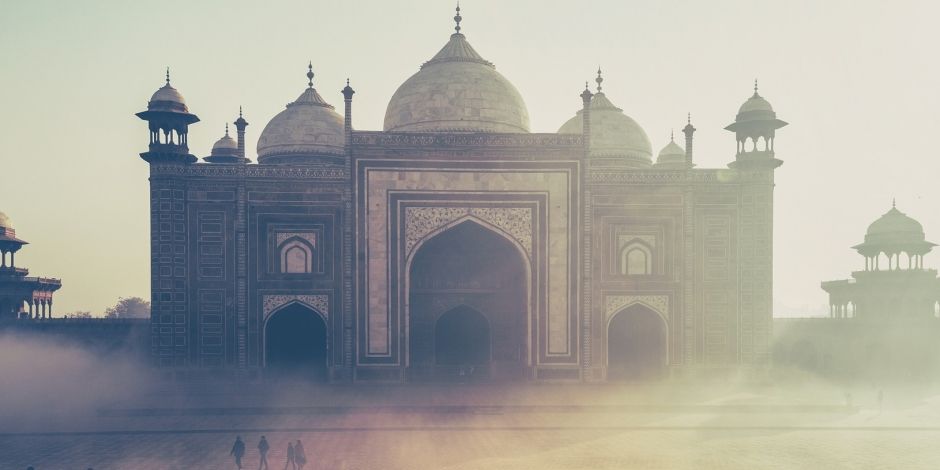
Carmignac: After Modi’s landslide win, all eyes on what he does for the Indian economy
After Modi’s landslide win, all eyes on what he does for the Indian economy by Amol Gogate, Asian Equities Analyst at Carmignac.
27.05.2019 | 09:58 Uhr
India’s Narendra Modi won a second term
as Prime Minster after a landslide win in the general elections in the world’s
largest democracy. Mr. Modi’s party BJP won a simple majority with almost 300
out of 542 seats in the Lok Sabha (India’s equivalent of the House of Commons).
BJP’s alliance partners in the National Democratic Alliance (“NDA”) won an
additional 50 seats further bolstering Mr. Modi’s position. This election
result will ensure a continued spell of political stability in India.
Just six months ago, Mr. Modi had suffered a setback as his party lost regional
elections in three large states in northern and central India (Rajasthan,
Madhya Pradesh and Chhattisgarh). Most pollsters were of the view that Mr. Modi
would lose seats in north and central India while making smaller gains in the
east and south. What happened in fact was that Modi’s party maintained its
commanding position in the mostly Hindi-speaking north while gaining seats in
the linguistically diverse eastern and southern states.
One of the most important factors that swung the election in Mr. Modi’s favour
were the airstrikes inside Pakistani territory in February. These airstrikes
were carried out in retaliation of a terrorist attack in the Indian state of
Jammu & Kashmir earlier that month. While international media doubt if the
airstrikes managed to target any terrorists, the fact that Mr. Modi took such a
bold step was widely admired in India. The other important factor behind Mr.
Modi’s victory in the elections was BJP’s ‘ground game’. BJP’s election
campaign, managed by Mr. Modi’s confidant Amit Shah, totally outclassed the
opposition parties.
For example, the party had set up 161 call centres from
where they directly reached out to near 250 million out of India’s 900 million
voters reminding them of how the government’s initiatives had benefited them.
The election increasingly became a presidential-style election with Mr. Modi
projected as an incorruptible leader dedicated to the welfare of his people. No
opposition leader came close to matching him.
With the elections behind us, the focus in India now shifts back to the
economy. India has been dealing with a bad loans problem for several years and
it took a particularly bad turn last year with the collapse of infrastructure
lender IL&FS. Lending practices at many other banks and non-banking
financial companies (NBFC) have been found to be problematic. Consumption
growth has started weakening across the board.
Lower oil prices in the past 5
years helped the Modi government save on oil subsidies and spend on other
initiatives. Any supply disruptions in the Middle East could mean more trouble
for the government’s finances. Mr. Modi has announced an ambitious plan to
increase manufacturing jobs in India but that requires cutting through the
bureaucracy’s notorious red-tape which has proven difficult.
We will get some insight into Mr. Modi’s priorities after he names the new
cabinet. In the past 5 years, two of the most effective ministries were those
of Roads and Power led by Nitin Gadkari and Piyush Goyal respectively. Under
their supervision, India achieved record levels of road construction and
electrification. Hope and aspirations of more than a billion people are riding
on Mr. Modi’s election victory. To our opinion, to deliver on these, he will
need a strong team of highly effective ministers.




Diesen Beitrag teilen: